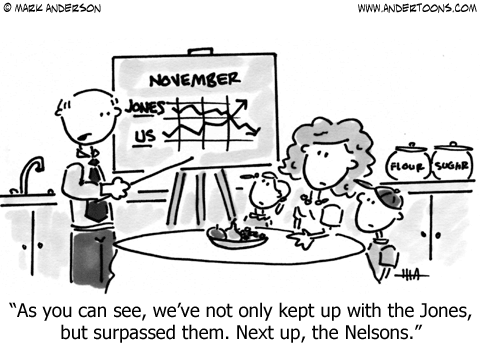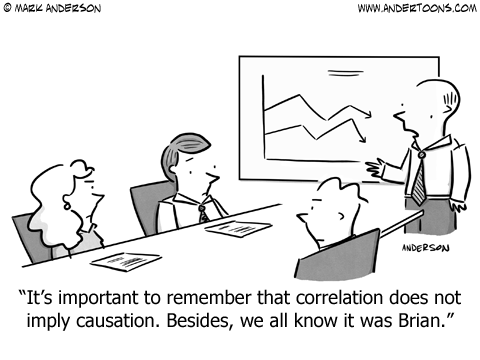 Opportunity Cost Calculator
Opportunity Cost Calculator

Are you considering a major luxury purchase? This calculator can help you figure out the opportunity costs of large, non-investment expenditures. First enter a dollar amount for an unnecessary expenditure that you’re considering. Then enter an interest rate that you believe you could earn if you invested your money instead. Finish up by entering the number of years you would let your investment grow.
Press CALCULATE and you’ll see your foregone interest earnings and the real cost of your expenditure. You may decide that it’s simply not worth it to make such a large purchase.
A few things to consider:
- Forgone interest is compounded monthly and forgone purchases are invested at the end of each spending period.
- The US stock market has averaged a return of nearly 10% over the long run. Investing your savings paying off high interest debt could earn an even better return as income is taxed while debt repayment is not.
- Some items may come with additional ownership costs -- such as maintenance and repair costs, operating costs (gas, electricity, etc.), insurance, storage, etc.
Today's Columbus Savings Rates
The following table shows current rates for savings accounts, interst bearing checking accounts, CDs, and money market accounts. Use the filters at the top to set your initial deposit amount and your selected products.
What You Need to Know About Opportunity Cost

You needn't be an economist to understand and apply the concept of opportunity cost. This financial theory is just as relevant to ordinary people looking to make their money work for them. Read on to learn more about opportunity cost, and why this concept should matter to you.
What is Opportunity Cost?
Russell Roberts, an economics professor at George Mason University, may have explained opportunity cost in the simplest terms when he wrote that it is "what you have to give up to get something."
Economists realize that no one can have it all. We have an infinite number of wants, from new cars to overseas vacations, and a finite amount of resources to make these dreams come true. When you understand opportunity cost, you understand what you are giving up to get the wants on your list.

Money isn't the only finite resource, although that's a part of it. Time is another finite resource that is depleted as we work towards gaining our wants, as are the opportunities you might miss if you spend time working rather than engaging in leisure activities, or if you invest in one product over another. Everything you give up in order to get something is the opportunity cost.
Why Should You Care About Opportunity Cost?
Many people go through life obtaining the things that they want without ever stopping to think about what they're giving up along the way. However, without thinking of the sacrifice, how can you really make the best choices? With an awareness of opportunity cost, you'll develop a better sense of the pros and cons of your decisions. When you take the big picture into account, you can feel confident you're truly making good financial choices.
The Opportunity Cost of College
Let's look more closely at the way opportunity cost works in the real world.
Consider the opportunity cost of a college education. The tuition is the most obvious cost. The net average in-state tuition at a public, four-year institution is $3,120, once federal grants are applied. The cost of tuition for out-of-state students and those attending private universities is, of course, much higher. Room and board are also costs incurred by students, but these aren't part of the opportunity cost, as they are incurred whether the student was studying or out in the workforce.
Beyond the immediate financial cost, a college education also costs students the opportunity to earn wages from jobs they might have had if they weren't in school. This cost will vary depending on the student's circumstances. A part-time student will have a lower opportunity cost, as they have more time to work and earn money than a full-time student. A young high school graduate also reduces their opportunity cost compared to a mature-aged student, who has the experience to command a higher wage if he or she wasn't in class.
The Opportunity Cost of Home Ownership
After graduating college with a shiny new degree, purchasing your first home may be your next milestone. Conventional wisdom states that purchasing a home is always a sound financial decision. You start paying off your own mortgage rather than your landlord's, and generally, your house is appreciating in value while you live in it. However, that doesn't mean that home ownership doesn't also have an opportunity cost.
Homeowners always feel like they've had a real win when they sell their home for significantly more than its purchase price. However, few stop to calculate the cost of the repairs they've made, the taxes they've paid, or the fees and commissions collected by real estate agents, lawyers, and government agencies. However, all of these are part of the opportunity cost of owning a home, as are the investment opportunities missed by spending money on a down payment and mortgage repayments instead.
Few people live in their home without making changes. They invest in home improvements because they're confident they'll recoup the costs when they sell. In the meantime, they get to enjoy the perks of living in a shiny, new space. However, will you get enough pleasure from a kitchen to offset the opportunity cost of tying up the average $24,766 price tag? Will you enjoy splashing around in your new pool enough to offset the opportunity cost of spending an average of $34,190 on it? What are you giving up to gain those things?
Those improvements will likely appreciate the value of a home. As its value increases, so does the opportunity cost. You could take the money and run, but you love what you've done to the place, your children are settled at a local school, and you have great neighbors. It's important to remember that opportunity cost is different from out-of-pocket cost. Sitting on your asset means you're tying up a greater sum of money, but there's also the opportunity to create more wealth if your home continues to appreciate.
Using Opportunity Cost to Guide Your Financial Decisions
Understanding opportunity cost is all about looking forward. It's about going to college and limiting your short-term earning capacity because it'll increase it significantly in the future. It's about looking at the forecasts and staying in the home you own because local property prices are expected to grow rapidly over the next few years. It's about knowing it makes more sense to get a new car rather than repair a clunker that spends more time in the shop than on the road.
It doesn't matter how much you've invested in its repairs in the past, because past financial decisions are done. It's unproductive, for example, to think you need to hang on to your car out of fear of losing the money you spent on earlier repairs. All you stand to lose now is more money spent on the same old car. When you're guided by opportunity cost, you're guided by what makes sense now -- the logic of the situation rather than the emotion.

With a thorough understanding of opportunity cost, you can make the soundest financial decisions for your future.
Change privacy settings
